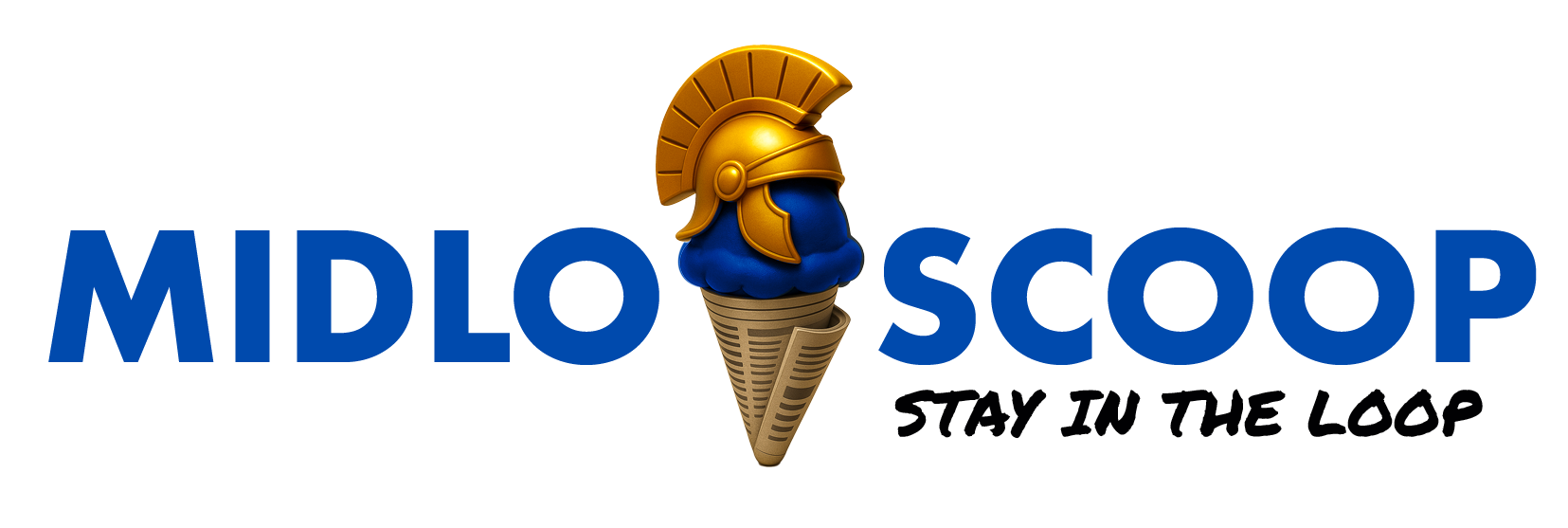The twenty-first century remains an era dominated by technology, marking a time when social media inevitably plays a crucial role in the fabric of society. However, uncertainty exists as to whether society actually realizes how much influence social platforms have on their subconscious mind. In the recent Netflix documentary The Social Dilemma, which originally made its debut at the Sundance Film festival in January of 2020, experts take the first steps in starting the long overdue conversation regarding the truth behind technology addiction. Focusing on the disturbing mechanics that drive the world’s most used media outlets and search engines, former technology executives unearth the hidden manipulation tactics beneath their own creations.
From director Jeff Orlowski, The Social Dilemma charts the eerie reality of seemingly harmless apps. The documentary’s tone roots itself in the interviews conducted with those recognized with having had a direct hand in the development of various platforms, including: Twitter, Pinterest, Facebook, and Google. Each expert once subscribed to the idea that their work existed as a “fundamental force for good,” a claim made by Twitter’s former Vice President of Engineering Alex Roetter. Yet, they now genuinely fear for the mental well-being of consumers and society at large, a concern inadvertently set in motion by none other than themselves.
One by one, the accomplished group of names unpacks how exactly these esteemed companies continue to successfully use their users’ own human psychology against them without detection. Beneath it all, every click, like, message, save, finger swipe, and even time spent glancing at a photo or ad lends itself to “social capitalism”. Solely driven by profit, social platforms prey on the minds of consumers by way of manipulation in order to keep individuals engaged and determine how mass amounts of people behave and react throughout their daily lives. At the bottom line, platforms take part in selling the attention of their consumers to advertisers, making the consumer the ultimate product rather than the app. To illustrate the power of the manipulation, writer Jaron Lanier explains, “We’ve created an entire global generation of people who were raised within a context where the very meaning of communication, the very meaning of culture is manipulation. We’ve put deceit and sneakiness at the absolute center of everything we do”.
Accompanying the testimonies, Orlowski intertwines real life scenarios, where technology repeatedly uses mankind as a pawn. Providing a glimpse into an average family household in a performance-based manner, the film highlights the issue of social media addiction. Given statistician Edward Tuftle’s observation that “only two industries call … their customers users, illegal drugs and software,” the documentary proves that media platforms, equipped with complex algorithms and data software, have found a way to control not only how individuals deem others, but themselves as well. Not to mention, due to the public’s addiction to media, apps have a handle on what individuals perceive as reality by circulating fake news and unauthentic narratives that cause society to disagree on the truth.
The documentary emphasizes the notion that technology continues to evolve, yet the human brain has remained the same for hundreds of years, proving society’s incapability to withstand the impacts of social media. Making headway at a time when society stands more fragile than ever, The Social Dilemma creates a much needed dialogue when it comes to taking precautionary measures around navigating the world of technology. Although one may say the documentary barely scrapes the surface in regards to technological manipulation, audiences of all ages benefit from Orlowki’s masterful call to action.












